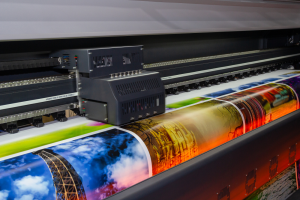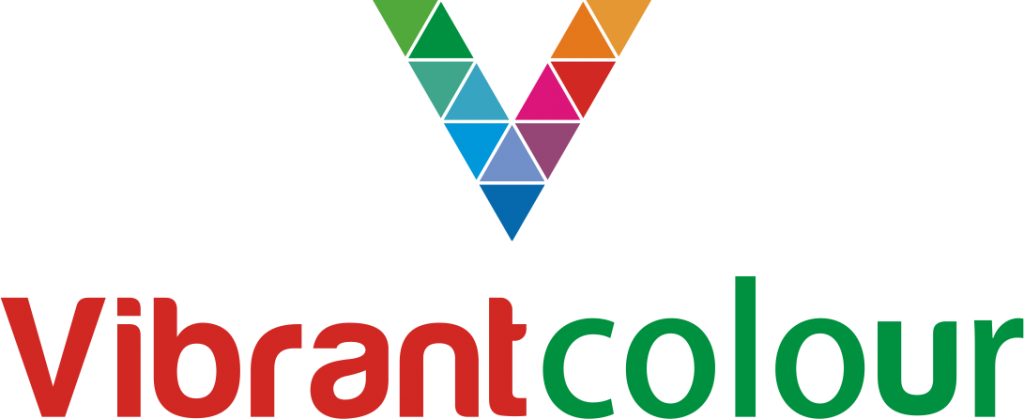seo
What is Digital Printing?

What is Digital Printing?
In today’s world, printing has come a long way from the days of bulky machines and tedious setups. If you’ve ever marvelled at a vibrant poster, a sleek business card, or a personalized T-shirt, you’ve likely experienced the wonders of digital printing. But what exactly is digital printing? How does it differ from traditional printing methods, and why is it such a game-changer? Let’s embark on a colourful journey to understand digital printing, how it works, and why it’s taking over the printing industry!
So, what is digital printing? Digital printing is a process that transfers a digital image directly onto a variety of media. Think of it like printing a document from your computer, but on a much larger scale and with a broader range of possibilities. Unlike traditional printing methods—such as offset printing, which requires plates and a more hands-on setup—digital printing uses digital files (like PDFs, JPEGs, or TIFFs) and prints them directly onto the chosen material.
In simple terms, digital printing is like having a direct line from your computer screen to your printed material, making it a go-to option for modern printing needs.
How Does Digital Printing Work?
The process of digital printing is surprisingly straightforward, yet fascinating! Let’s break it down step-by-step:
-
File Preparation:
Everything starts with a digital file—this could be a design you’ve created in Adobe Illustrator, a photo you’ve taken, or even a Word document. The file is prepared in a print-ready format, such as a PDF, to ensure that the final print matches what you see on your screen.
-
Printer Setup
: The digital file is sent to a digital printer. Now, digital printers can vary—inkjet printers spray tiny droplets of ink onto the material, and laser printers use toner and heat to fuse the print. The choice of printer depends on the type of material and the desired print quality.
-
Printing Process
: Here’s where the magic happens! The printer takes the digital information and transfers it directly onto the substrate (the material being printed on). The ink or toner is applied precisely, producing high-quality prints with sharp details and vibrant colours.
-
Finishing
: After printing, the material may undergo additional finishing processes, such as laminating, cutting, folding, or binding, depending on the product’s requirements. These finishing touches help give the final product a polished and professional look.
Types of Digital Printing Techniques
When discussing what is digital printing, it’s also helpful to know the different types of digital printing techniques available:
-
Inkjet Printing
: This is the most common type of digital printing. Inkjet printers spray tiny droplets of ink directly onto the material. It’s highly versatile, suitable for home and professional settings, and can print on various surfaces, from paper to fabric.
-
Laser Printing
: Laser printers use a toner (a fine powder) and a heated fuser to bond the toner to the paper. This method is faster than inkjet printing and is often used for office documents and short-run marketing materials.
-
Dye-Sublimation Printing
: This technique is often used for printing on textiles and ceramics. It involves transferring dye onto a material using heat, producing vibrant, long-lasting prints. It’s perfect for creating custom T-shirts, mugs, and other promotional items.
-
UV Printing
: UV printing uses ultraviolet light to cure the ink as it’s printed, making it instantly dry. This technique allows for printing on unconventional materials, such as acrylic, glass, and metal, making it ideal for signage and unique promotional items.
Why Choose Digital Printing?
Now that we understand what digital printing is and how it works, let’s explore why digital printing has become the preferred choice for so many businesses and individuals:
-
Cost-effective for Small Runs
: One of the biggest advantages of digital printing is its cost-effectiveness for small to medium print runs. Unlike traditional methods that require setup costs for plates and presses, digital printing skips these steps, making it more affordable, especially for smaller quantities.
-
Quick Turnaround Times
: Time is money, and digital printing saves both! Since there’s no need for lengthy setups or plate making, digital printing jobs can be completed much faster. Need those flyers printed in a day? Digital printing’s got you covered!
-
High-Quality Results
: Today’s digital printers are incredibly advanced, capable of producing prints with excellent colour accuracy, sharp details, and high resolution. Whether it’s a glossy brochure, a matte poster, or a customized mug, digital printing delivers top-notch quality.
-
Versatility and Flexibility
: Digital printing isn’t just limited to paper. It can print on a wide variety of surfaces, including fabric, canvas, vinyl, glass, metal, and more. This versatility makes it ideal for everything from marketing materials to personalized gifts.
-
Eco-Friendly Option
: Unlike traditional printing which often requires chemicals and produces waste, digital printing is generally more environmentally friendly. It uses less energy and reduces waste, as there’s no need for plates or excess ink.
Popular Applications of Digital Printing
The possibilities with digital printing are nearly endless! Here are just a few of the many ways digital printing is being used today:
-
Marketing Materials
: Digital printing is perfect for creating eye-catching marketing materials like flyers, brochures, banners, and posters. Businesses love the ability to print small batches without breaking the bank.
-
Custom Apparel
: Digital printing is widely used for custom clothing. Whether it’s a one-off T-shirt for a friend’s birthday or bulk orders for corporate events, digital printing makes it easy to produce high-quality apparel with detailed designs.
-
Personalized Gifts
: From mugs and phone cases to photo books and calendars, digital printing allows you to create unique, personalized gifts that are sure to make an impression.
-
Business Stationery
: Companies often use digital printing for business cards, letterheads, and other branded materials. The ability to print small quantities makes it perfect for startups and small businesses.
-
Home Decor
: Digital printing is not just for business use. It’s also popular for creating personalized home decor items like canvas prints, custom wallpapers, and cushion covers.
The Future of Digital Printing
As technology continues to evolve, the future of digital printing looks incredibly bright. We can expect even more advancements in speed, quality, and eco-friendliness. Digital printing will likely become even more accessible, allowing businesses and individuals to produce high-quality prints more efficiently.
Conclusion
So, there you have it—digital printing in a nutshell! It’s a powerful, versatile, and cost-effective solution that has transformed our perception of printing. Whether you’re a business owner looking for high-quality marketing materials or someone who wants to create personalized gifts, digital printing offers endless possibilities.
If you’re ready to explore the vibrant digital printing options or need professional printing services, don’t hesitate to contact us! Let’s bring your creative visions to life with the magic of digital printing.
